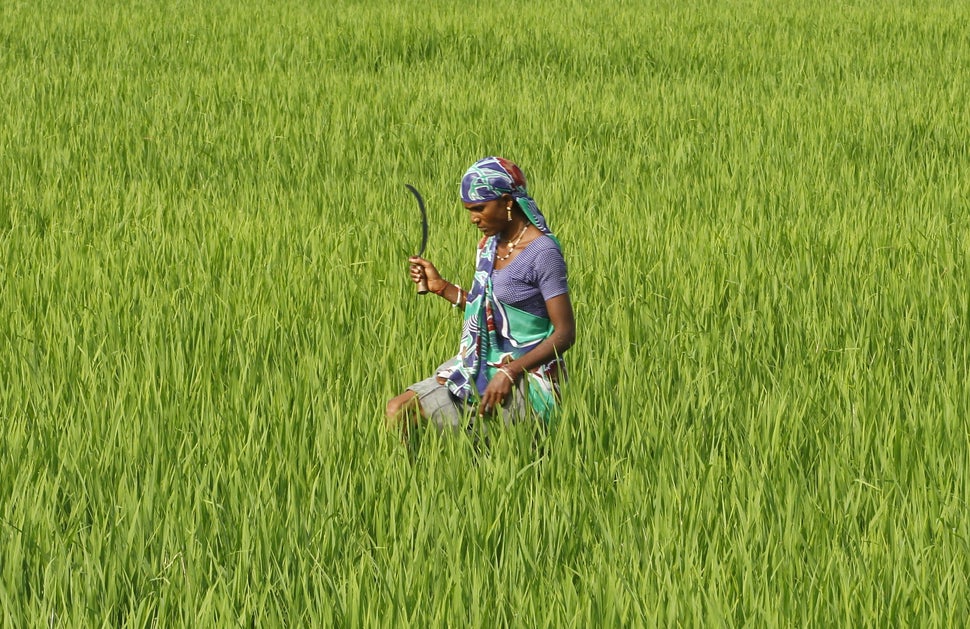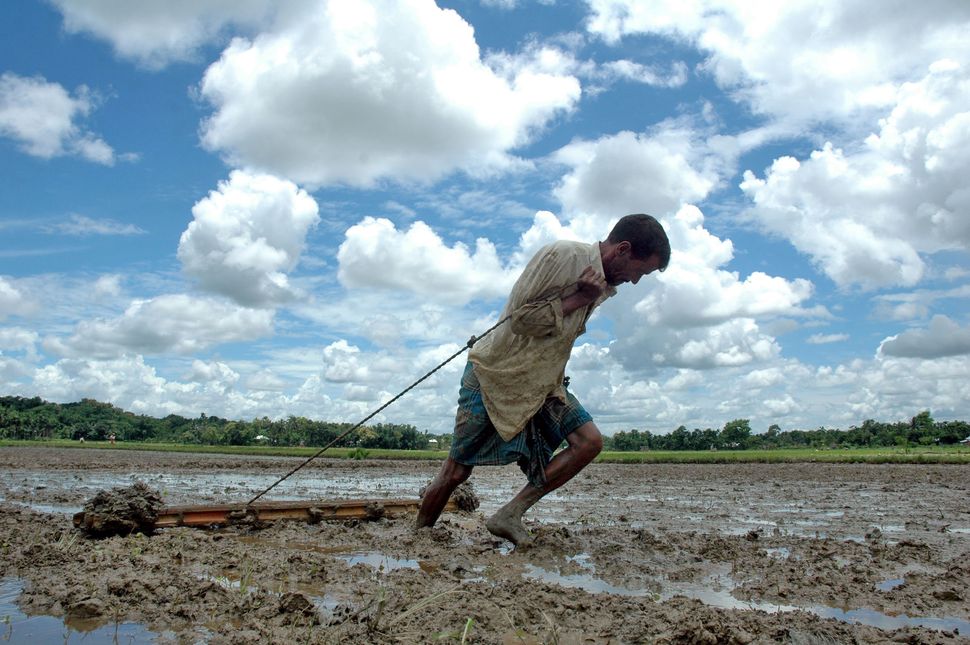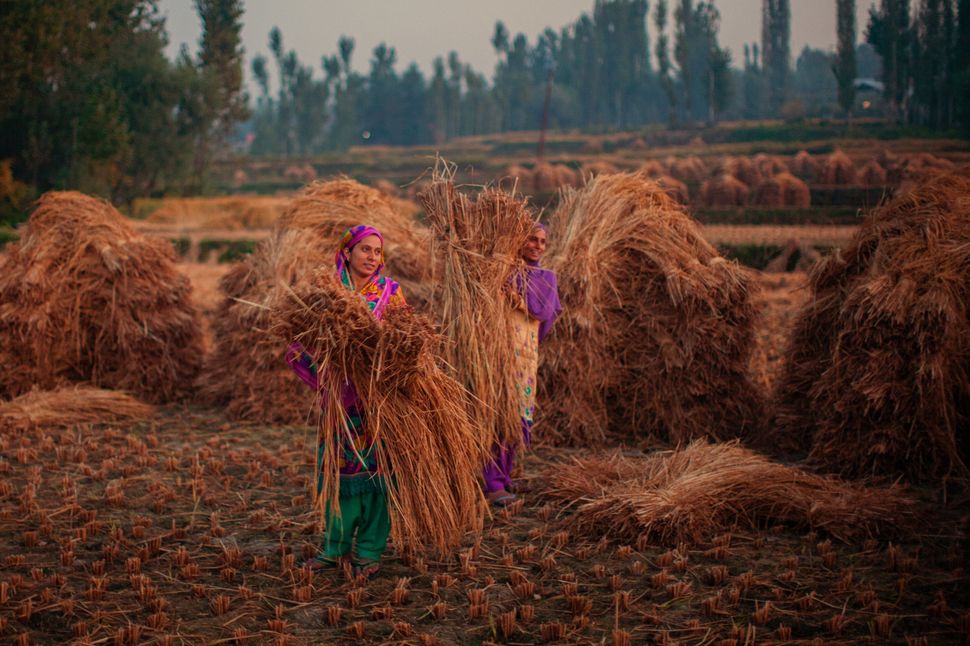iscovery: See What Researchers Says About Consuming High-Fibre Diets!

Influenza [flu] is one of the universal and most viral infections that is affecting up to 20 per cent of the world’s population yearly. A diet high in fibre could protect against flu by boosting the immune system.
A study has found recently that diet high in fibre could boost the immune system and therefore protect against flu.
According to researchers, eating more of oats, brown rice and raspberries, could increase the body’s antiviral immune response because of its nutrients.
Also reducing the risk associated with heart disease and diabetes, are other benefits derived from the consumption of high-fibre. However, researchers now hope it could help fight against flu.
According to scientists at Australia’s Monash University, High levels of dietary fibre reduce the effects of asthma and allergies on the lungs while also making the body more resistant to viruses
The research carried out
Researchers carried out a test using mice, made them consume more fibre and it was discovered that they are protected from being infected with flu.
This created a kind of awareness to the teams that, dietary fibre may be of great advantage to people with inflammatory lung conditions, for instance; asthma or allergies, but at the same time worried it would ‘switch off’ other immune responses.
From the research, it was discovered that while it helps in the reduction of swelling in the lungs, it also activates white blood cells- which boost the mice’s antiviral immunity resulting to protecting them from influenza.
The study was published in the journal Immunity.
‘Western diet could weaken immune system’
The modern Western diet could be reducing the body’s ability to protect against infections because it is high in sugar and fat but low in fibre, the scientists said.
Flu is a common virus and most people are able to recover on their own but some people, such as those with weakened immune systems and the elderly, can have more serious symptoms.
‘We typically find that a certain treatment turns our immune system either on or off,’ says senior study author Benjamin Marsland.
‘What surprised us was that dietary fibre was selectively turning off part of our immune system, while turning on another, completely unrelated part of our immune system.’
A need for human research
Marsland has called for more research into how much fibre, and what type of fibre, would be most effective in boosting viral immunity in humans.
Dietary fibre comes from plant-based carbohydrates that are not able to be digested in the small intestine so make their way to the large intestine or colon.
Though, Marsland and his team plan to research how changes in the diet can change the immune system, particularly in the lungs.
According to Marsland , ‘There is a need for carefully designed and controlled studies in humans to address how these findings could benefit people with asthma, or for preventing viral infections.’
‘We should also look further into these pathways as a means of supplementing other therapies or enhancing vaccine efficacy.’
High-fibre diet can protect against heart disease, diabetes and cancer
Previous research has concluded that higher dietary fibre intake is associated with a lower risk of death including of cardiovascular disease, diabetes and cancer.
Dietary fibre helps to maintain good heart health by reducing levels of cholesterol in the blood, which is considered to be a risk factor for heart disease.
Inflammation also contributes to disease and research has shown fibre may have a role to play in modulating the immune system and so reducing disease risk.
There is good evidence to show that a diet high in fibre may help to prevent Type 2 diabetes.
For those with the condition, eating a diet rich in fibre can help to balance blood sugar levels.
Fibre also helps to bulk out the diet and promote fullness that may help with weight loss, which can help with the condition.
QUESTION: WHICH FOODS ARE HIGH IN FIBRE?
The below foods are good sources of dietary fibre:
-Oat bran
-Black beans
-All bran breakfast cereal
-Lentils (cooked)
-Adzuki beans (cooked)
-Red kidney beans (cooked)
-Pearl barley (cooked)
-Quinoa (cooked)
-Oats
-Wholemeal spaghetti (cooked)
-Brown rice
-Aubergine
-Brussels sprouts
-Linseeds
-Raspberries
-Granary bread
-Dried figs
-Almonds
Are you frequently disturbed by flu, why not try eating these foods rich in fibre?
Source: mailonline






